The United States Navy’s USS Gerald R. Ford, the world’s largest aircraft carrier, has transited the Strait of Dover into the North Sea with its strike group.
The Gerald R. Ford Carrier Strike Group (GRFCSG) is comprised of the carrier itself alongside the Arleigh Burke-class guided-missile destroyers USS Mahan (DDG 72), USS Winston S. Churchill (DDG 81) and USS Bainbridge (DDG 96).
The group’s passage on 17 August marks the first time a U.S. carrier strike group has crossed through the Channel since the Harry S. Truman strike group in October 2024.
Captain Dave Skarosi, commanding officer of Gerald R. Ford, framed the movement in strategic terms. “Gerald R. Ford’s agile transit through the Strait of Dover between England and France is a testament to our power projection capability that supports peace through strength. Our skilled navigation team ensures that the world’s largest aircraft carrier brings our capability as a forward-positioned force anytime, anyplace, to defend the Euro-Atlantic region from hostile action.”
A U.S. Navy statement highlighted the deterrent and alliance role of the deployment. “The inherent flexibility and scalable maritime force that GRFCSG provides to the NATO Alliance is unrivaled, and their continued operations in the U.S. European Command area of operation reinforces the U.S. Navy’s ironclad commitment to the stability and security of the European theater,” the release said.
Commodore of Destroyer Squadron Two, Captain Mark Lawrence, added that the transit was also a statement of collective maritime resolve. “A free and open maritime domain benefits all nations. Our collective surface force’s transit into the North Sea demonstrates our resolve to strengthen peace, stability, and deterrence across the European continent.”
The Strait of Dover is the narrowest section of the English Channel. It separates Britain from mainland Europe and links the Atlantic Ocean with the North Sea.
The strike group is currently on a scheduled deployment in the U.S. 6th Fleet area of operations, which covers Europe and Africa. According to the Navy, its mission is to “support the warfighting effectiveness, lethality, and readiness of U.S. Naval Forces Europe-Africa, and defend U.S., Allied and partner interests in the region.”


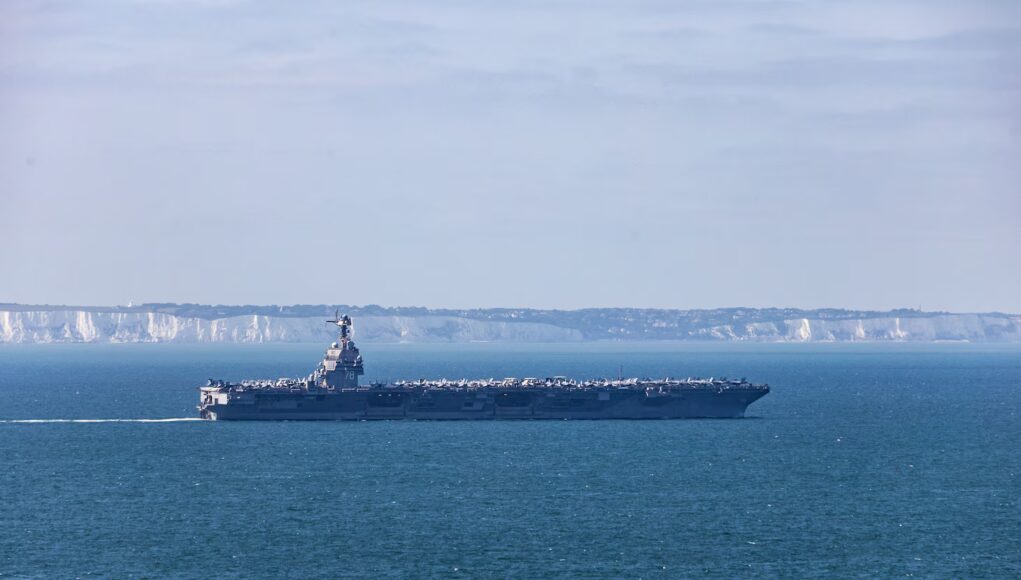




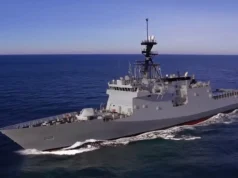
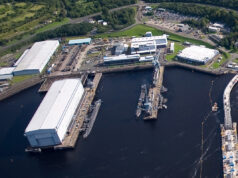

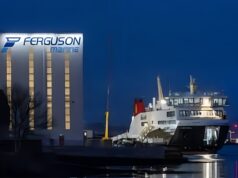
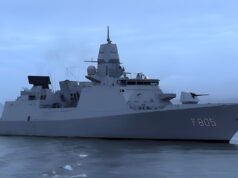
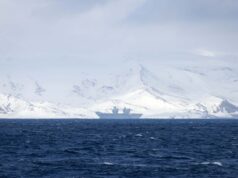

Some good nav skills avoiding the conveyor belt of small boats bringing in all the brain surgeons, dentists and pharmacists!!!
Bruh. 😬
That step as calling you once more!
Alright, Nigel.
No problem comrade Raisin.
Alright, Nigel.
Sad 🤡
Alright, Nigel.
I see I’m living rent free in your head!
Alright, Nigel.
Bit of an echo in here!
Alright, Nigel.
Oh dear!
Alright, Nigel.
Spot on fella
That step is calling you once more!
That must have been tight, it’s only 20 miles wide at that point.
23
Thanks Val.
It’s always good to see a brand new poster. 👌
It’s a freedom of navigation excercise.
Lol !
Absolutely LOL.
Suppose the CSG could be taking the Grand European Tour, but isn’t a North Sea sojourn typically slated to be in conjunction w/ a major NATO exercise?
My guess at this time and without looking into it ?
Another display for Putin to ponder.
Along with B1B’s over Riga and F22’s at the recent meeting.
Could be. Or it might be Trump warning Starmer to toe the line or else!
Hmmm…a possibility…carrots in hand, stick(s) semi-visible. 🤔 Reasonable SWAG. 👍😊
Joint Warrior or Strike Warrior as it was last year is often blessed with a US CSG. That must be on the Horizon. If so Ab Garbh will be getting a visit by the F18 onboard.
Wish I’d known! Would have been down for a look
Might be a bit dangerous for all them boaties, what with all the bits ‘n bobs falling off the flight decks of murcan carriers these days! 😉
Hopefully come to take Chairman Starmer 🐹🦄🏳️🌈 to Gitmo.
To the big ship ,could you please slow down we are giving the French their life jackets back… Thank you.
Great powers used to sail their battleships around to show off their status and power. Hopefully these ships will prove more relevant, effective and resilient, should they ever have to be used.
I was going to add that I wouldn’t like to have a lot of money riding on them… but then I realized that I already do!
You pay for US warships? And the fact they are sailing around the world and already being used, shows how effective they are.
Yes, as a matter fact, I do.
Your an American then I take it?
Indeed I am, and a fair reading of my comment will show it to be simply a cautious observation based on the lessons of history.
Fair point but carriers are very relevant and flexible, hence why any country worth its salt is desperate to build and operate them.
I’d like to point out that plenty of countries “worth their salt” have no interest in aircraft carriers
Keep up. Battleships went the way of the Dodo decades ago. Carriers have been used in combat since and including World War 2.
The pentagon is trying to work out new carrier doctrine now the old ones are defunct and carriers are just expensive targets..
They can’t bully anymore unless it’s western states.
Wow naval strategy not your strong point Dave c! These are the most effective platforms in any Navy, along with SSBNs.
Having been on a US carrier at sea back in the nineties. All be it overnight, when the flight deck was conducting operations you can actually feel the power of a CSG.
Actually there are many people including high up in the military that would agree with Dave about that.
I think SSNs are really the prime naval platform nowadays. You wouldn’t want to venture too far to sea if there’s an Astute out there waiting for you. Quiet and deadly, against both enemy surface vessels and subs. Just wish wed been anle to afford a couple more of them.
I think SSNs are really the prime naval platform nowadays. You wouldn’t want to venture too far to sea if there’s an Astute out there waiting for you. Quiet and deadly, against both enemy surface vessels and subs. Just wish we”d been able to afford a few more of them.
Did they really name their biggest warshipmafter someone who, before Trump, was the biggest idiot ever to be President.